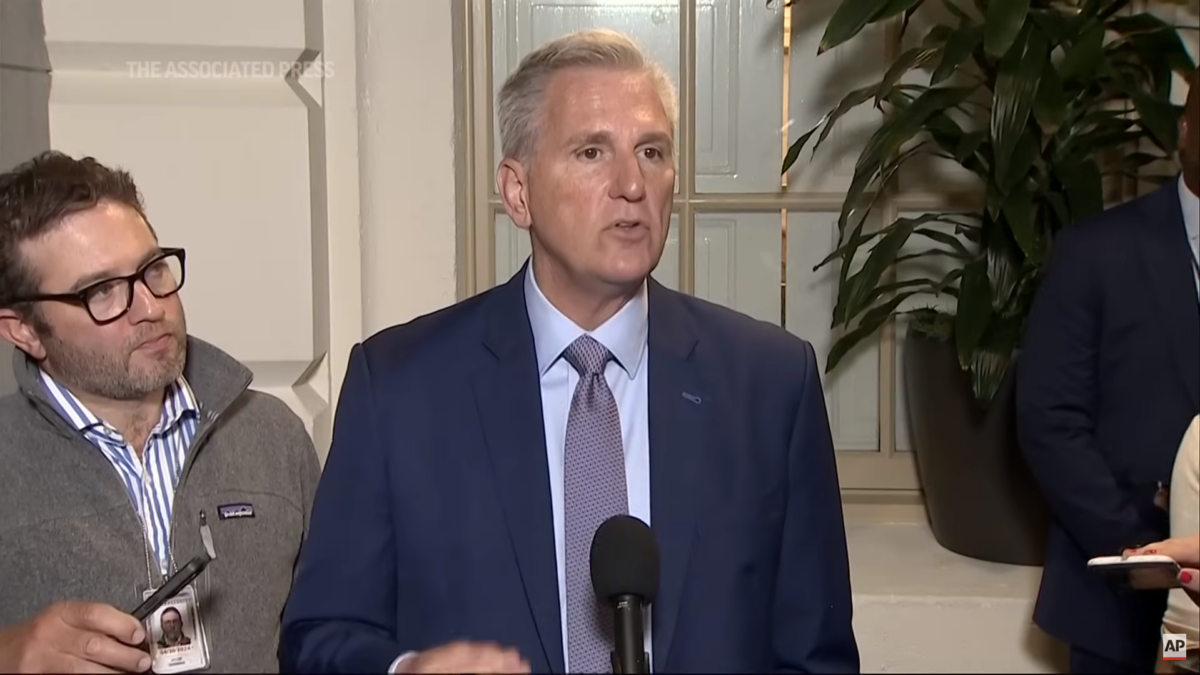
Americans all across the country recently celebrated our independence from Britain, the Founding Fathers, and their vision of democracy and limited government. If the Founders were alive today, however, it’s doubtful they would recognize, or approve of, the scope and size of the current federal government. The utter disregard for the Tenth Amendment to the Constitution and the ratification of the Sixteenth Amendment are largely to blame for this phenomenon.
Judging by their writings, and the Constitution they crafted, it’s fairly clear the Founding Fathers wanted a limited federal government. As George Washington noted, “The habits of thinking in a free country should inspire caution in those entrusted with its administration to confine themselves within their respective constitutional spheres…” While Thomas Jefferson once observed, “My reading of history convinces me that most bad government results from too much government.”
The Fathers ingrained this thinking into our Constitution. In fact, Article I of the U.S. Constitution limits the federal government to 17 specific powers, such as coining money, maintaining armed forces, and facilitating commerce through patent and bankruptcy regulation. The Tenth Amendment reaffirmed that “the powers not delegated to the United States by the Constitution, nor prohibited by it to the States, are reserved to the States, respectively, or the people.” This principle, the “Enumerated Powers Doctrine,” guided the scope and size of the federal government until the 1930s, when court decisions centered around the New Deal eroded its effectiveness.
The Tenth Amendment was meant to check the powers and scope of the federal government, limiting it to the modest duties outlined in the enumerated powers. Unfortunately for the Founders and taxpayers, modern-day courts have invented laughable loopholes in the Tenth Amendment. They’ve applied the Commerce Clause (which asserts federal primacy over interstate finances) to any and all types of federal spending, while simultaneously applying the Equal Protection clause and other parts of the Constitution to claim a bigger role for Washington.
If the Tenth Amendment Really Mattered
But what if the federal courts actually upheld the Tenth Amendment? What would our federal government look like? In an effort to answer this question, I’ve enumerated what I believe to be federal spending consistent with the Enumerated Powers of the Constitution. Below is a listing of the generic area of spending, its function number in the federal budget, and the amount the government spent in that area in Fiscal Year 2012 (the most recent data available):
| Function Number | Area of Spending | Total Outlays (in billions) |
| 50 | National Defense | $667.8 |
| 150 | International Affairs | $47.2 |
| 300 | Bureau of Indian Affairs | $2.7 |
| 372 | Postal Service | $2.7 |
| 400 | Transportation* | $153.9 |
| 600 | Federal Pensions** | $82.0 |
| 700 | Veterans Benefits | $124.6 |
| 750 | Administrative Justice | $56.3 |
| 800 | General Government | $28.0 |
*Includes only capital spending on federal highway outlays, and air and water transportation spending.
**Number reduced by approximately one-third, to reflect the fewer number of federal employees were the federal government to limit its spending priorities to the above programs and departments.
Total federal spending by a constitutionally constrained government in fiscal year 2012: $1.16 trillion, a 67 percent reduction in current spending.
Total spending plus net interest payments on current debt: $1.38 trillion, a 61 percent reduction in current spending.
Total the federal government actually spent in fiscal year 2012: $3.53 trillion.
About the same time the federal government began ignoring the Tenth Amendment, it passed the Sixteenth Amendment to the Constitution, which allowed for a federal income tax. Adopted by Congress on July 12, 1909, and ratified by states in February of 1913, it fundamentally transformed the balance of power between the federal government and the people. Prior to its ratification, federal income taxes had been declared unconstitutional because Article I, Section 9 of the Constitution clearly states that no direct tax “shall be laid, unless in Proportion to the Census or Enumeration herein before directed to be taken.”
In other words, the Founding Fathers didn’t want a federal income tax. They realized that granting the federal government the gift of income taxation would give it the means to extend all of its powers far beyond what they had envisioned, and with disastrous consequences.
At first, the threat to most seemed small. The original income tax Congress passed applied to just 2 percent of the labor force, and the top marginal rate was a fairly reasonable 7 percent. But that soon changed. In 1916, the federal government collected approximately $68 million in individual income taxes. However, Washington’s hunger for more revenue soon became voracious. By 1929, federal income-tax revenues had grown to nearly $1.1 billion. In 2012, the personal income tax raked in about $1.13 trillion.
Wealth Leads to Power
It didn’t take Washington long to realize that its new-found wealth gave it the opportunity to expand its power and influence through the growth of government. Elected officials began expanding the role of the federal government almost immediately. As a result, legislative activity in Congress began to skyrocket. For example, between April of 1911 and March of 1913, Congress passed a total of 457 acts. Less than two decades later, that number had exploded. Between December of 1927 and March of 1929, Congress passed a total of 1,037 acts.
The predictable, and unfortunate, result of Washington’s new activist persona was a dramatic increase in federal spending. In 1913 the federal government spent a total of $714 million. By 1929, the feds were spending more than $3.1 billion a year. Meanwhile, the number of federal employees grew from 396,494 in 1913 to 601,319 by 1930. Federal employment ballooned to 1,042,420 persons by 1940 following President Franklin Delano Roosevelt’s implementation of the New Deal, and to nearly 3 million persons by 1970 after President Lyndon Johnson imposed his Great Society.
In 2012, the federal government collected $2.45 trillion in total receipts, had $3.53 trillion in total outlays, and involved itself in every issue in America from A to Z.
Who should shoulder the blame for this situation? Certainly the courts, and especially the members of Congress that pass bills that violate the Tenth Amendment and the presidents that have signed them into law. But it has been the American voters that have sent these men and women to Washington, who lack what Madison described as the “virtue” to defend the Founder’s vision of a limited government.
H.L. Mencken once noted that “Democracy is the theory that the common people know what they want, and deserve to get it good and hard.” Well, America, we’re getting it good and hard, and we have no one to blame but ourselves.
Eric V. Schlecht, a writer and consultant, has worked on budget and economic issues in Congress and Washington DC for more than 20 years.









